There are many risk factors to myopia. Other than age and genetics factors, environmental factors such as amount of time spend outdoor also play a part in myopia development and myopia progression.
How can your child prevent myopia development and how to slow down myopia progression if your child is already myopic?
How to prevent myopia in children
Here are some tips to prevent myopia development and slow down myopia progression:
- 20-20-20 rule
- Enough light when your child is doing near tasks
- Maintain good reading distance
- Spend more times outdoors
- Regular eye checks
20-20-20 Rule
This rule refers to after 20 minutes of near task, look at something at 20 feet away for 20 seconds. Your child will need vision breaks in between his near tasks. This is to ensure that he / she does not strain the eyes.
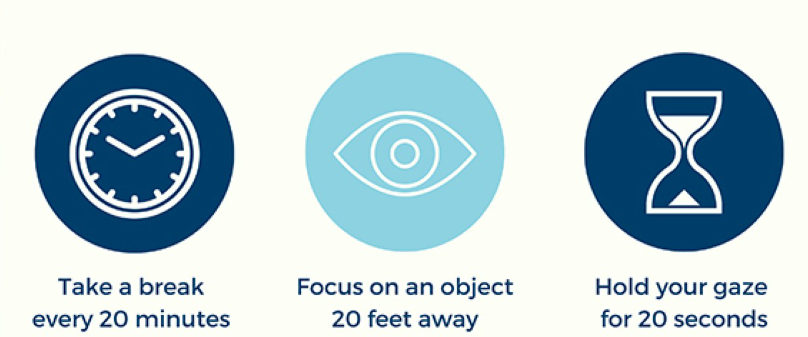
Enough lighting when doing near tasks
According to a study done by Hua WJ, et al in 2015, lighting do have a significant effect on myopia onset. Do ensure that your child read and write under a well lit environment.
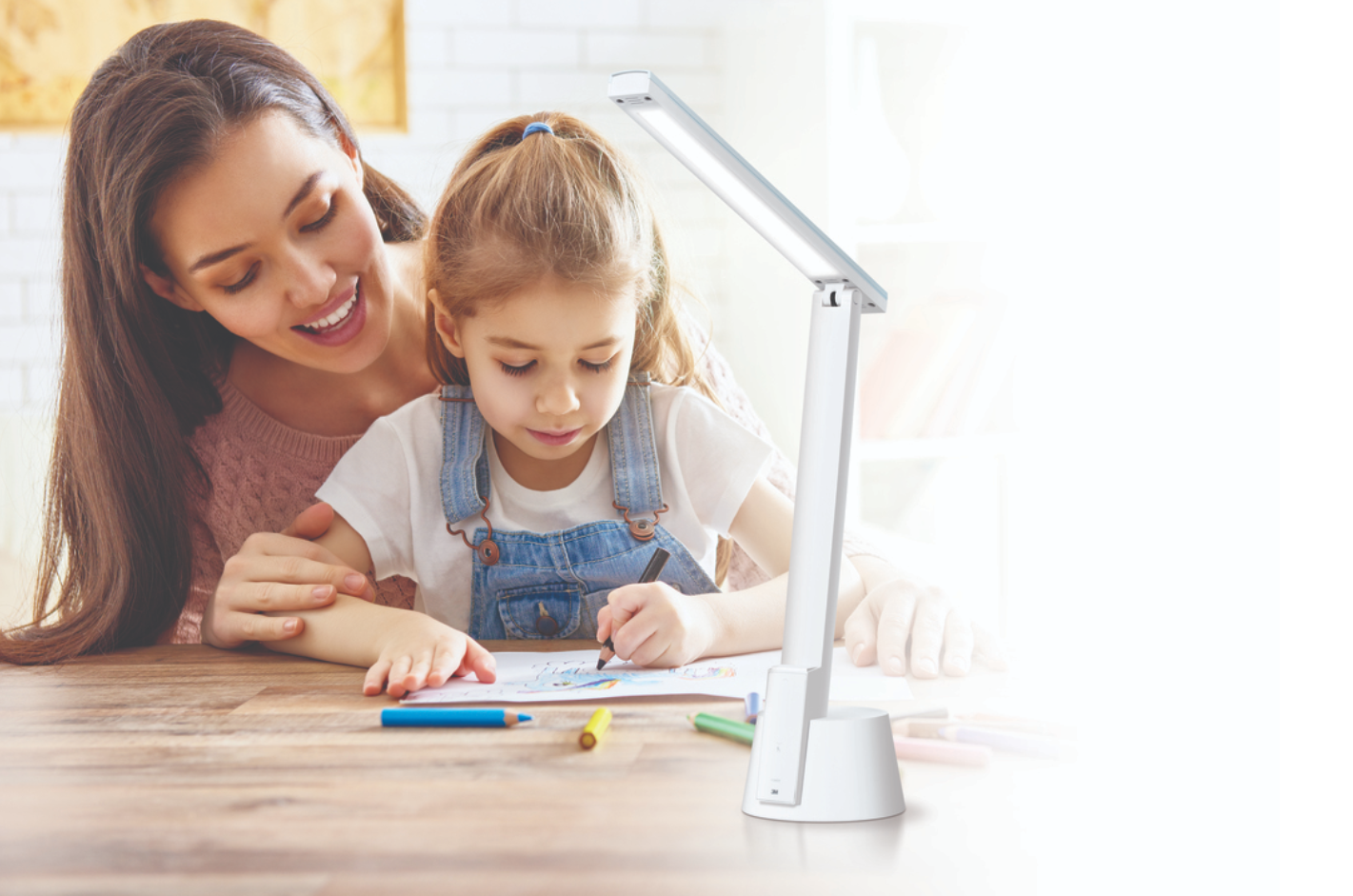
Maintain good reading distance
Does your child read, write and use digital devices at a close distance?
Research done by Jenny M, et al in 2008 concluded that children with reading distance of less than 30cm have higher risk of myopia development and faster myopia progression.
Therefore, your child should have reading distance of at least 30 cm.
The image on the left shows a proper reading distance. The image on the right shows a child getting too close to see the laptop.


Spend more times outdoors
According to a study done by Grzybowski A, et al in 2020, outdoor times have been proven to be the strongest environmental factors that can delay the onset of myopia. It have shown that daily outdoor light exposure of more than 2 hours prevent or delay the onset of myopia.
Spending more time outdoors (outdoor light exposure) is effective in controlling myopia progression in myopic children and preventing myopia development in non myopic children.
One of the a potential explanation of is that high light intensity triggering the release of retinal dopamine, an ocular growth inhibitor that stop myopic development (Ho et al, 2019).
Hence, it is recommended to have your children to spend more than 2 hours everyday outdoors.

Regular eye checks
For children 16 and below, it is recommended to have regular eye checks annually.
For non myopic children, they might not have myopia now, however, they can have risk of myopia.
Young children with hyperopic refractive error (far sightedness) have more than 80% chances of becoming myopic by the age of 13.
The table below shows hyperopic children with risks of becoming myopic by 13 years old:

Regular eye checks can help to pick up pre myopia and myopia. This allows your child to be managed as soon as possible to delay myopia onset.

How to prevent myopia from worsening in children
For myopic children, other than the methods above, their myopia progression can also be slowed down by:
- Myopia control methods
- Wearing spectacle / contact lens as often as possible
- Regular eye checks
Myopia control methods
There are different myopia control methods. It can be through wearing myopia control spectacle lenses, contact lenses, and/or pharmaceutical eye drops.
There are MyoVision Pro and MyoKids from ZEISS, MiyoSmart 新乐学 from Hoya, Stellest 星趣控 from Essilor, contact lenses such as Misight from Coopervision and Orthokeratology 角膜塑形镜 and pharmaceutical eye drops such as Atropine.
To read more the different myopia control methods, click here.
Wearing spectacle / contact lens as often as possible
Parents often ask how often do their children have to wear the spectacle, do they have to wear it all the time, can they just wear it in class when they need to see the whiteboard.
It is better to wear spectacle / contact lenses full time.
For myopic children, not having vision correction will cause the myopia to increase faster and they also have higher risk of developing lazy eyes (amblyopia).
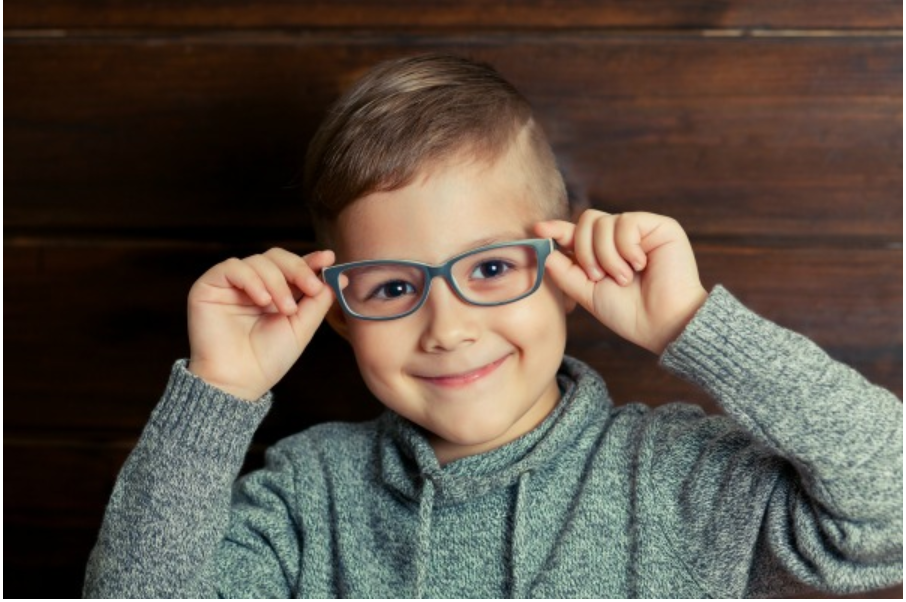
Just this month, we had a 8 year old boy coming in to make his first pair of spectacles. 4 months ago, he did an eye check and his degree was -0.75 on both eyes. His parents thought it was not necessary for him to wear spectacles as he was still young and the degree was not so high.
When he checked his eyes this month, the degree shot up to -1.50 on both eyes. There was 0.75 increase in just 4 months. Hence, we recommended his parents MiyoSmart as the myopia progression is high. We will continue to monitor his myopia progression.
Especially if your child have been prescribed myopia control lenses such as MiyoSmart, MyoVision Pro, MyoKids, it is important to wear the spectacles full time. If myopia control lenses aren’t worn full time, the effectiveness of controlling myopia progression will not be as high.
If your child dislike wearing spectacle, you can consider myopia control contact lenses or Orthokeratology lenses.
Click here to find out more about Orthokeratology lenses 角膜塑形镜 (overnight rigid contact lens).
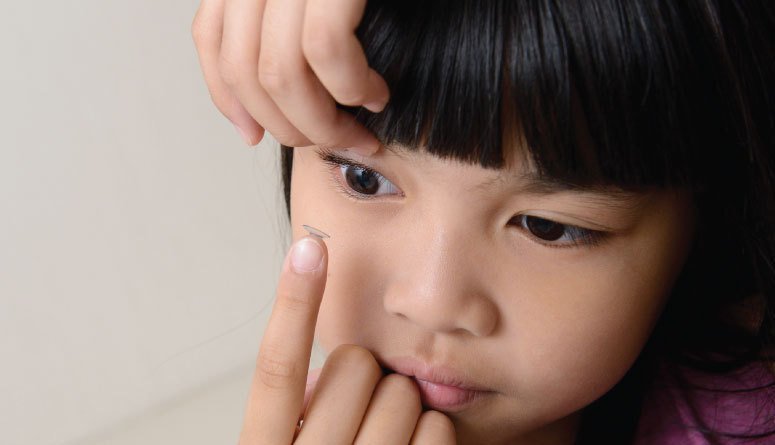
Regular eye checks
For myopic children, regular eye checks can monitor your child’s myopia progression. It is recommended to have annual eye check.
If your child is using myopia control lenses, this will help to monitor if the myopia control method is working well for your child.
If the current method is not effective, we will recommend other methods to control your child’s myopia progression. This allows your child to be managed as soon as possible to slow down myopia progression.
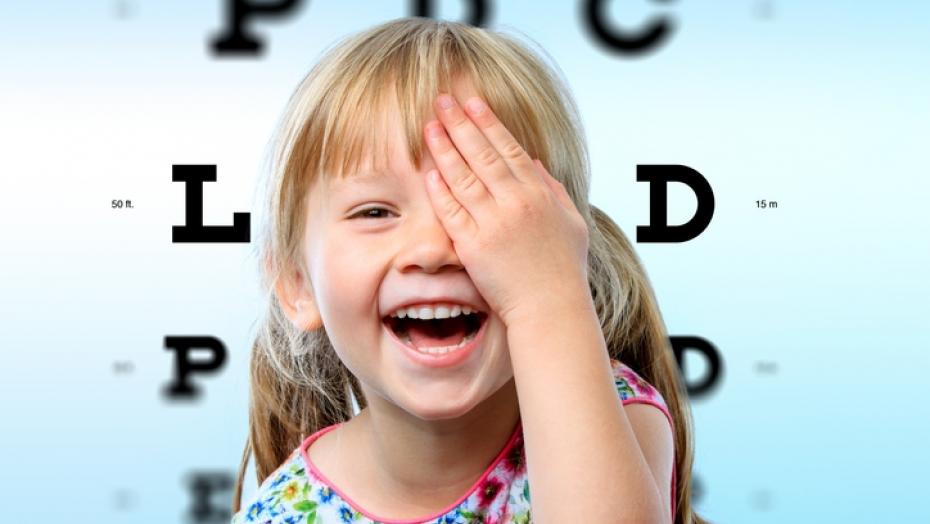
For myopic children, it will be more effective to slow down their myopia progression with myopia control methods while practicing good visual habits.
At Evershine Optical, there are different myopia control methods available for your child. Book an appointment with us or WhatsApp us at +6588461234 to find out which method is more suitable for your child.
References
- Akerman D. (2020). The 20-20-2 Rule. Review of Myopia Management.
- Grzybowski A, Kanclerz P, Tsubota K, et al. (2020). A review on the epidemiology of myopia in school children worldwide. BMC Ophthalmology, 20, 27.
- Hua WJ, Jin JX, Wu XY, et al. (2015). Elevated light levels in schools have a protective effect on myopia. Ophthalmic & Physiological Optics.
- IP JM, Saw SM, A K, et al. (2008). Role of Near Work in Myopia: Findings in a Sample of Australian School Children. Investigative Ophthalmology & Visual Science, 49, 2903-2910.

